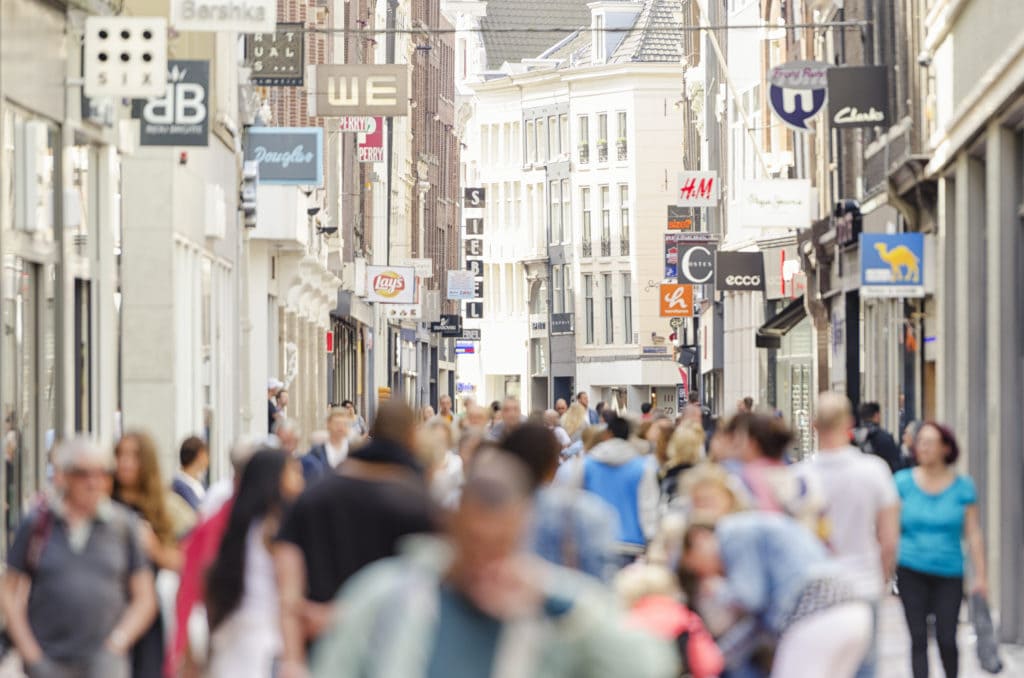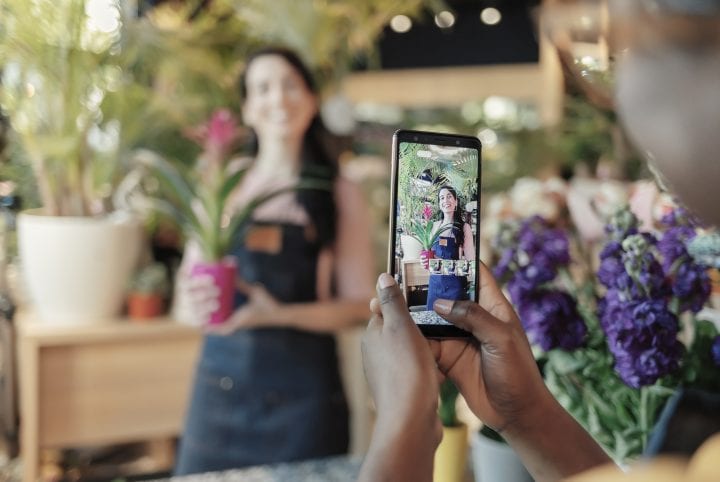
The retail industry has experienced a tumultuous and disruptive few years.
With retailers still feeling the effects of the global financial crisis, the retail space continues its phase of stagnancy, recording little growth in the last decade. The permeation of new technologies have also posed questions regarding the stability of brick and mortar businesses, as well as if and how they will adapt in the digital age. With retailers constantly facing the unknown, what does the future of retail entail
Business as usual
Disruption in the retail space is not new and retailers have grown acclimatised to the highly-volatile environment they operate in. While a number of businesses and companies have collapsed under the pressure, retailers remain resilient.
A report generated by ACRS, in collaboration with the World Retail Congress, shows that there remains an air of confidence regarding the global retail market. Now in its fourth year, the 2015 Global Retail Index provides a glimpse into current global retail industry sentiment and performance.
For Dr Sean Sands, a research director at ACRS, the report is about providing critical context, new ideas and challenging thinking for senior retailers to understand the “new retailing”. With the changes in retail operating at an accelerated speed, the report aims to assist retail leaders in their short-term strategic planning.
There has been a fear of the online channel taking over physical stores, but this is not the case and is not going to happen anytime soon.
“Generally, cautious optimism remains in the global retail market. With retail leaders cautiously optimistic for the year ahead, there is even an expectation that retail sales will increase in the next 12 months,” says Dr Sands.
This optimism is a relatively new one, and can be attributed to the shift in perception and prominence of the physical store. Newfound ways and the dissemination of tactics to combat disruptions and maximise store impact have also helped to instil a sense of confidence for retailers.
Focusing on service design
Despite the rise of app-based businesses and retailers operating solely in the digital space, the physical store remains the most important channel for retail leaders in driving consumers to their business, with 90 per cent of sales still occurring in stores.
“There has been a fear of the online channel taking over physical stores, but this is not the case and is not going to happen anytime soon. Our research shows the majority of retail leaders perceive physical retail space as the most important channel in driving consumers to shop,” Dr Sands says.
By looking at new and innovative ways to engage the customer, stores are fighting back from previous expectations that they are at risk of losing sales.
In an age that’s fixated on efficiency and convenience, stores are differentiating themselves from the online and physical competition by creating “experiences” through service design. By using service design, retailers are able to personalise, map and construct experiences and interactions, a feature lacking in the pay-and-leave structure of the online space, Dr Sands says.
As Dr Sands explains, the key differentiator in today’s competitive retail environment is service, with top quality retailers designing and delivering services experiences that surprise and delight shoppers.
“People love to shop and they love to have unique experiences. Memorable retail encounters provide shoppers something unique and exciting,” Dr Sands says.
“There has been a fear of the online channel taking over physical stores, but this is not the case and is not going to happen anytime soon. Our research shows the majority of retail leaders perceive physical retail space as the most important channel in driving consumers to shop.”
The future of retail
While there will not be major changes to the retail industry in the next year, Dr Sands expects a lot to happen behind the scenes.
“I expect little change in delivery of the retail experience overall, however I imagine retailers will look at ways to integrate tech in store and offline. They will also look at reducing operating costs, such as private labels and supply chain efficiency,” Dr Sands says.
In the meantime, physical spaces will continue to be reimagined, and retailers will continue to create innovative and exciting in-store experiences in a bid to out-do the competition. Technology – such as beacon technology – will also continue to play an important role in supplementing the store experience and providing retailers with detailed analytics.
Although the industry can be a fickle one, one thing is clear: retail is not dead and stores are here to stay, Dr Sands says.


